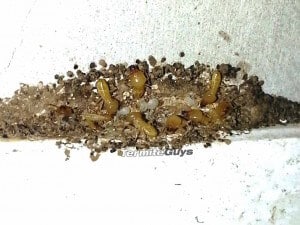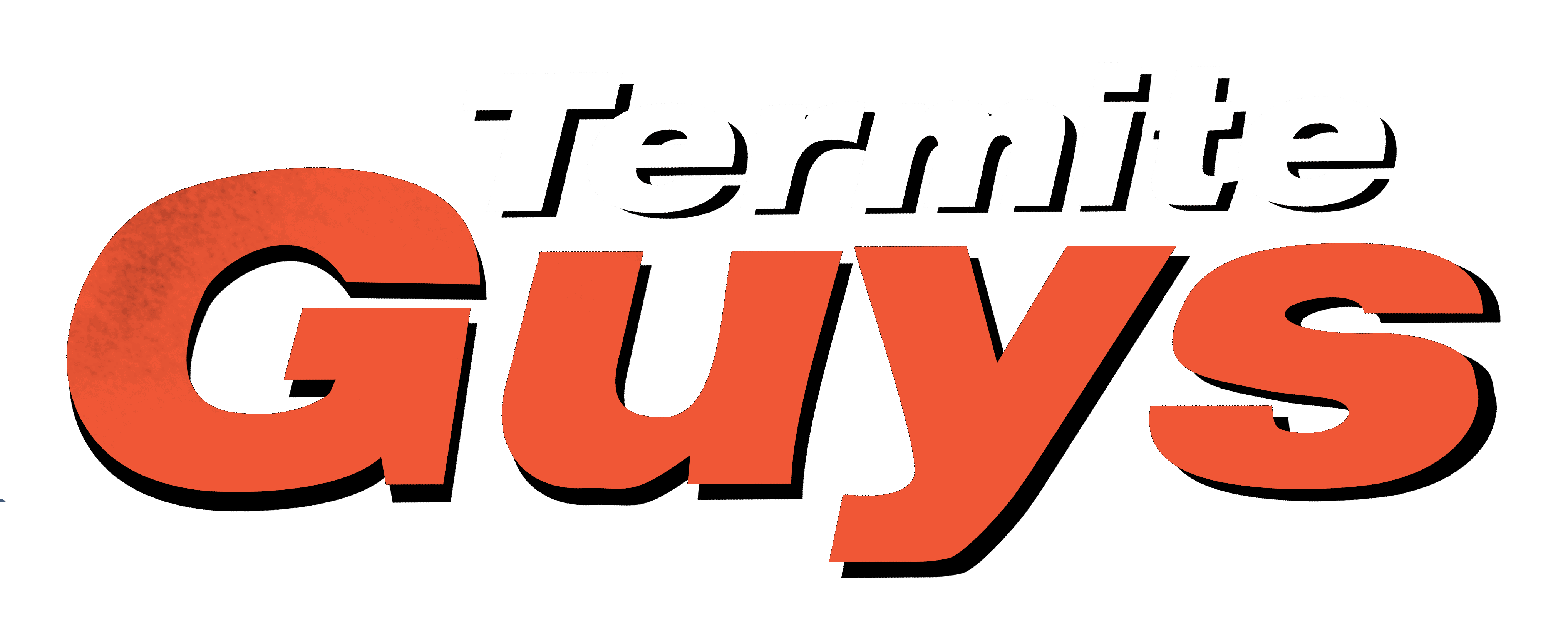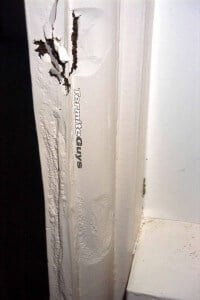It’s almost a tie in the Brisbane region between our two worst termite species Schedorhinotermes and Coptotermes. Both attack houses with similar zeal. The contrast is in the mode of operation. Coptotermes use blunt force, these fellas are a little different.
Schedorhinotermes are the cunning cat burglars of the termite world. They are subtle and choosy, picking the choice pieces like a connoisseur. It makes no difference to them whether the timber is a decorative trim or a load bearing stud. The infestation spreads from the entry point but the damage at that spot is not always severe. It may be several metres away where the timber is more to their taste. They may choose hardwood over softwood pine, who knows what dictates good flavour for termites?
Termite damage is often found by home owners when cleaning floors and around windows. These termites eat the timber and usually leave a thin veneer of paint which holds it shape or in some cases the paint starts to ripple (see Photo). Any openings into active areas will cause these termites to flee. This termite species is very shy and sensitive to light and fresh air. Soon there will only be a few major soldiers left, a vanguard left to delay predators like ants. The workers (who are responsible for all of the destruction) are already heading back to the nest, stomachs engorged. Sneaky as they are, soon they will show up again somewhere else.
Schedorhinotermes believe in redundancy, creating many entry points as they get a hold of your house. The discovery or destruction of a single termite entry point will only lead to the utilization or creation of another. This species is a real sub-nester, branching off semi-independent colonies as they develop substantial food sources. Ultimately an attack may be lead from three or four ne
sts with multiple leads, synchronized devastation.

The habit of sub-nesting can make locating all of the colonies difficult or impossible. Schedorhinotermes are versatile, small natives and firewood piles are just as susceptible as larger trees. Skill and patience are required to find as many termites as possible to make Termidor foaming or Termidor dusting as effective as possible (something we have in spades!). Location of all sub-nests can at times be impossible as they may be spread over several properties.
This tricky termite is responsible for as many as half of the attacks on homes in the Brisbane region. Some of their signature moves include the way that they gouge out areas of attacked timber and a peculiar propensity for eating around iron nails. Left to their own devices, very severe damage can occur (though perhaps not quite as quickly as with Coptotermes). Brick veneer homes and partition walls are known favourites of this species.
Save $20 off your inspection by filling out our easy online enquiry form. We have the latest equipment for detecting termites inside the home. As our name implies, we are expert Termite Guys and are fully equipped to detect, eradicate and prevent Termite attack.
Talk to a technician direct on Ph: 3393 3515 or Mob: 0447 268 257


